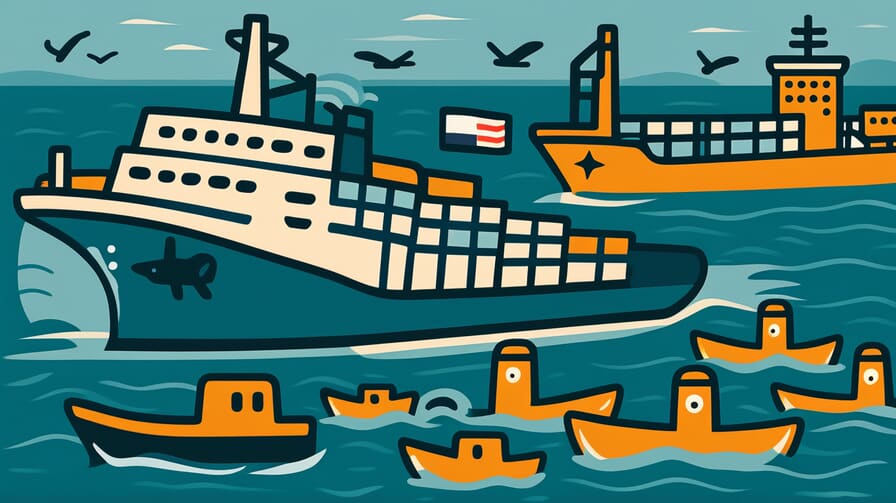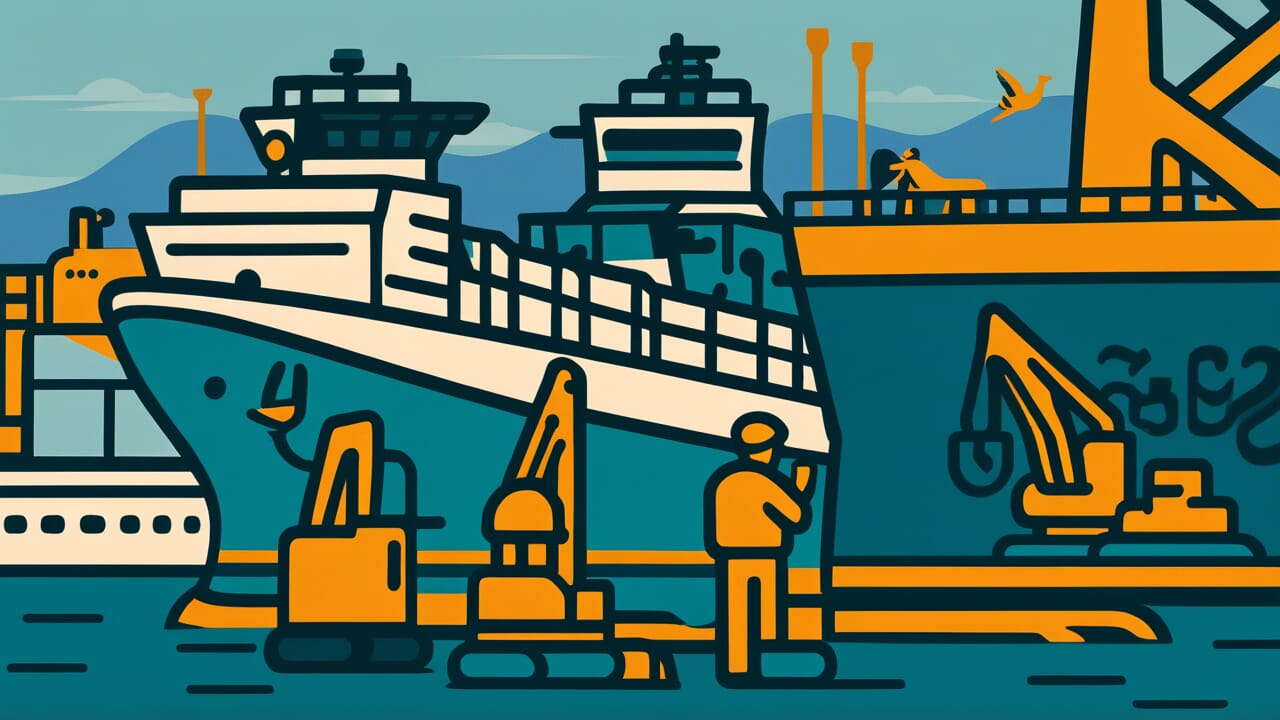[Disclaimer] This article is reconstructed based on information from external sources. Please verify the original source before referring to this content.
News Summary
The following content was published online. A translated summary is presented below. See the source for details.
Eurostat has released its latest “Key Figures on Europe – 2025 edition” report, offering insights into various sectors including transport. The report highlights the busiest short sea shipping ports in the European Union, with Rotterdam (Netherlands) maintaining its top position, handling 159 million tonnes of goods. Antwerp-Bruges (Belgium) and Gdańsk (Poland) follow as the second and third busiest ports respectively. This data aligns with recent trends, confirming Rotterdam’s dominance with 468 million tonnes and 14 million TEUs handled annually. The report also emphasizes the growing importance of short sea shipping in European trade and its role in sustainable transport. Notably, new environmental regulations have come into effect in 2025, including the FuelEU Maritime Regulation and the expansion of the EU Emissions Trading System to shipping, aimed at reducing greenhouse gas emissions from maritime transport. These measures, along with the revised TEN-T Regulation and European Maritime Space initiatives, are set to reshape the landscape of short sea shipping in Europe, promoting cleaner fuels and more efficient port operations.
Source: Eurostat News
Our Commentary
Background and Context

The “Key Figures on Europe” report is a comprehensive annual publication by Eurostat that provides crucial data on various aspects of the European Union. In the transport sector, short sea shipping has gained significant attention due to its potential for reducing road congestion and lowering carbon emissions. This mode of transport involves the movement of cargo and passengers by sea between ports in Europe or with nearby non-European countries.
Expert Analysis
The 2025 report reaffirms the dominance of key European ports in short sea shipping. Rotterdam’s continued leadership, handling 468 million tonnes and 14 million TEUs annually, underscores its critical role in European trade. The merger of Antwerp and Zeebrugge ports has strengthened Belgium’s position, with a combined capacity of 12 million TEUs. These figures highlight the ongoing concentration of maritime trade in major hubs.
Key points:
- Rotterdam remains the busiest EU port, reinforcing its status as a crucial trade gateway
- The Antwerp-Bruges merger has created a formidable second-place contender
- Gdańsk’s position in the top three indicates growing importance of Eastern European ports
Additional Data and Fact Reinforcement
The report’s findings are complemented by recent environmental regulations that are reshaping the maritime sector:
- FuelEU Maritime Regulation effective January 1, 2025, targeting ships over 5,000 gross tonnage
- EU Emissions Trading System for Shipping phasing in from 2024 to 2029
- Revised TEN-T Regulation promoting short sea shipping as a sustainable transport alternative
Related News
While the EU’s structure remains unchanged with 27 member states, ongoing discussions about potential enlargement to up to 36 members could impact future trade patterns and port rankings. Additionally, global container port rankings continue to be dominated by Chinese ports, with Shanghai handling over 49 million TEUs in 2023.
Summary

The latest Key Figures report not only confirms the established hierarchy of European short sea shipping ports but also highlights the sector’s pivotal role in the EU’s sustainable transport strategy. With new environmental regulations taking effect, the maritime industry is poised for significant transformations in the coming years, balancing economic growth with environmental responsibility.







